Not sure what type of component you’re looking at? Use this list to identify electronic components and learn what they do.
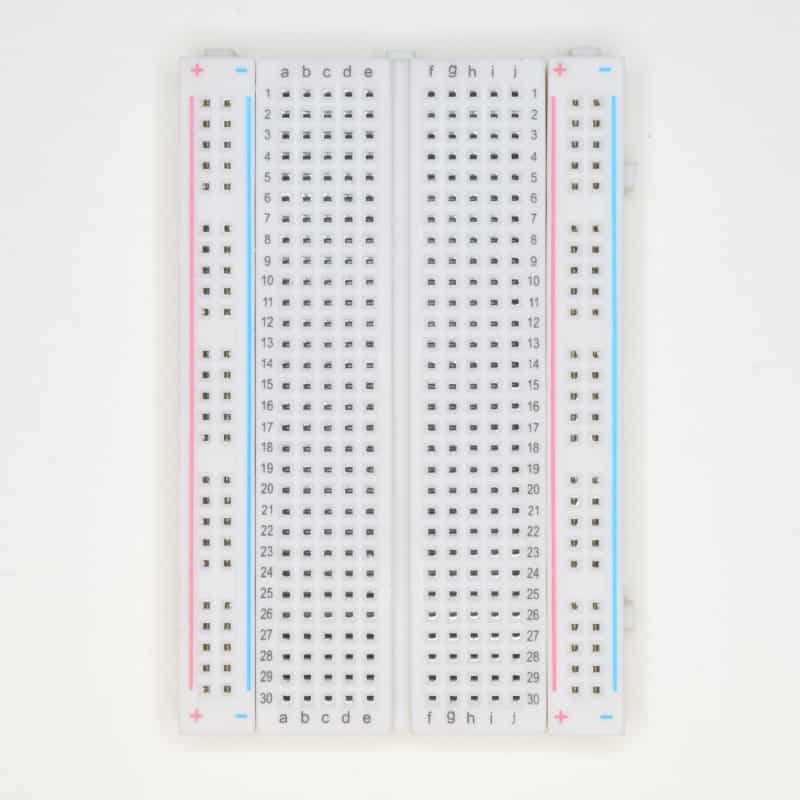
Breadboard
The breadboard is a very handy tool for connecting circuits. You can use it to practice, test ideas, or build simple prototypes.
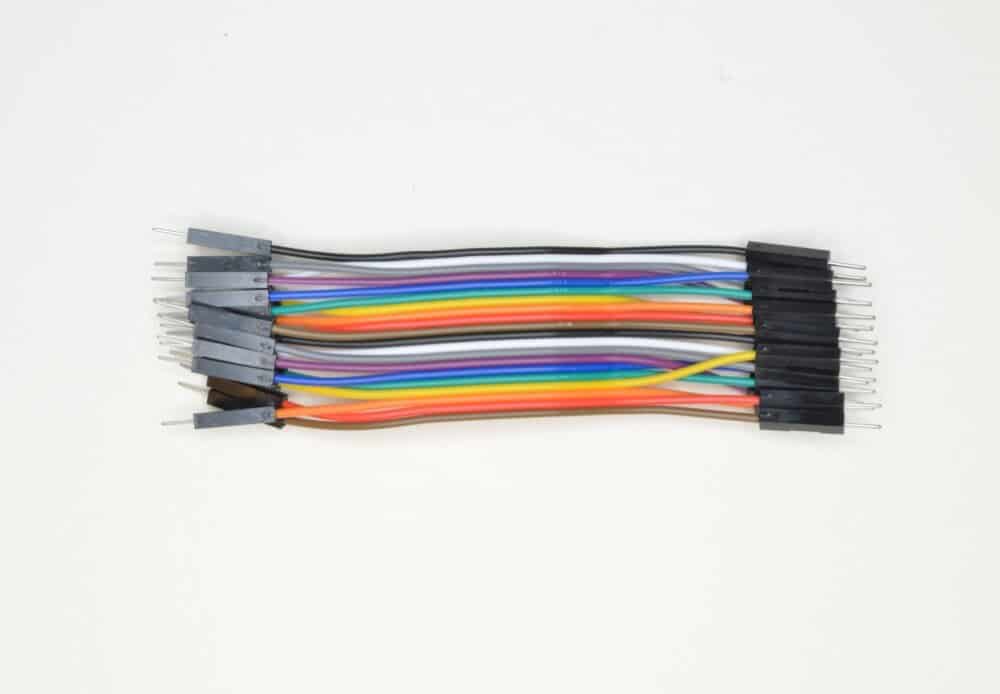
Breadboard wires
To make connections between rows or columns on the breadboard. Also called male-to-male Dupont or jumper wires.
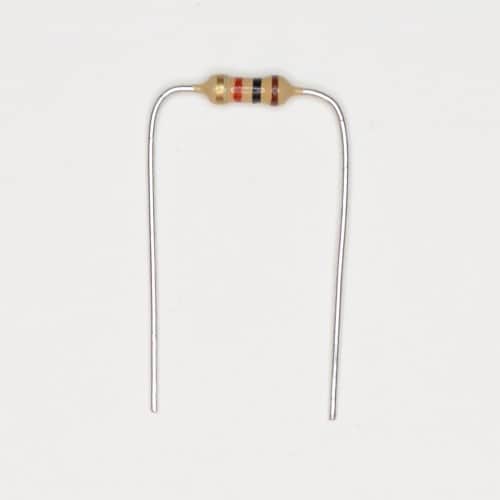
Resistor
The resistor reduces the current in a circuit. To find the value of a resistor you can either measure it with a multimeter, or you can check out our resistor color code calculator.
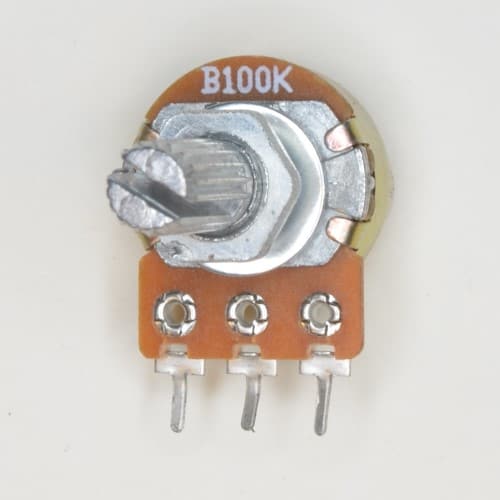
Potentiometer
A potentiometer is basically a resistor that changes resistance when you turn the shaft. Useful for controlling the volume of an amplifier, changing the blinking rate of a blinking light circuit, and much more.

Ceramic Capacitor
Capacitors store energy, similar to a battery. For values up to 0.1 µF, capacitors are often ceramic and not polarized. To find the value of a ceramic capacitor, look up the code printed on it from our capacitor code converter. For example, 104 is 0.1 µF.

Electrolytic Capacitor
Capacitors store energy, similar to a battery. Capacitors with values of 10 µF and above are often electrolytic capacitors. These are polarized, which means it’s important that you connect the positive leg toward the plus side of the battery in your circuit.
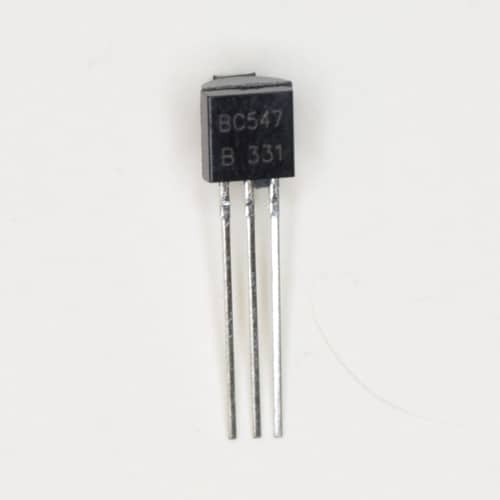
Transistor
You can use the transistor as a switch, or even to amplify signals. There are several types of transistors, and the only way to know what type you have is to check what is written on it. For example, a BC547 is an NPN transistor. But a BC557 is a PNP transistor.
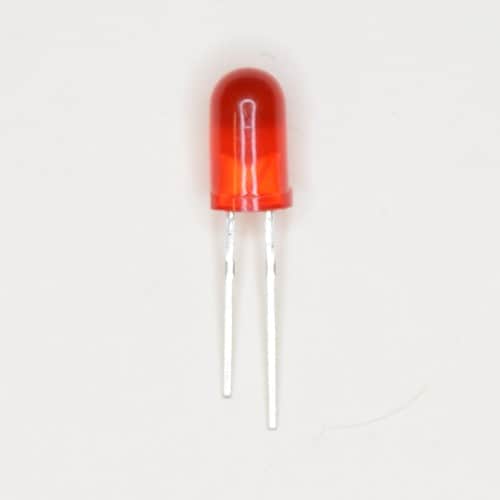
Light-Emitting Diode (LED)
The Light-Emitting Diode (LED) is a component that gives you light, just like a light bulb. The longest leg is the positive leg. If both legs are equally long, look for the flat edge of the LED housing – that’s the negative side.
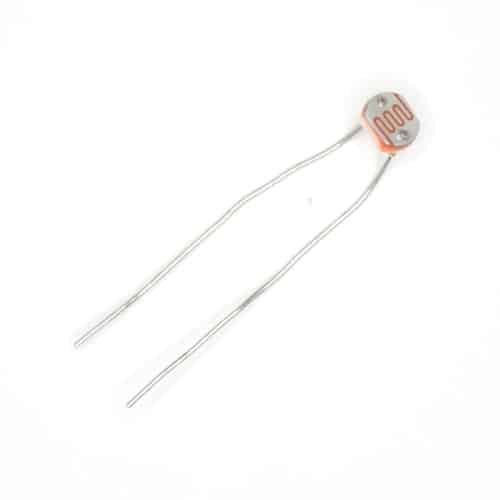
Photoresistor – also called Light Dependent Resistor (LDR)
The photoresistor is a resistor that changes its resistance based on how much light hits its head. It’s a bit slower and less responsive than the photodiode and phototransistor but works well if you don’t need to detect fast changes (like for a remote control).
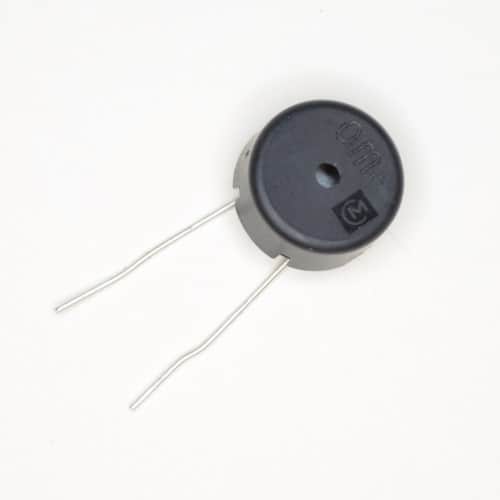
Buzzer
A buzzer is a little component that makes sound. An active buzzer has some internal circuitry that creates a sound signal, so you can make sound by just connecting it to a battery. But a passive buzzer means that it does not have this circuitry, so you have to create an oscillating signal in order to make sound.
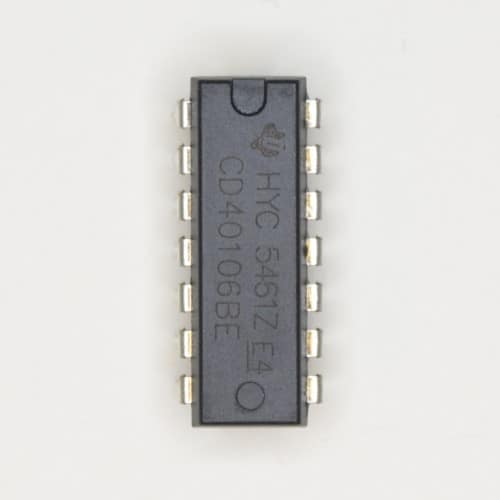
Schmitt Trigger Inverter IC (CD40106)
The CD40106 is an integrated circuit with six Schmitt-triggered inverter gates. Often used to create an oscillator for blinking an LED or making sound.
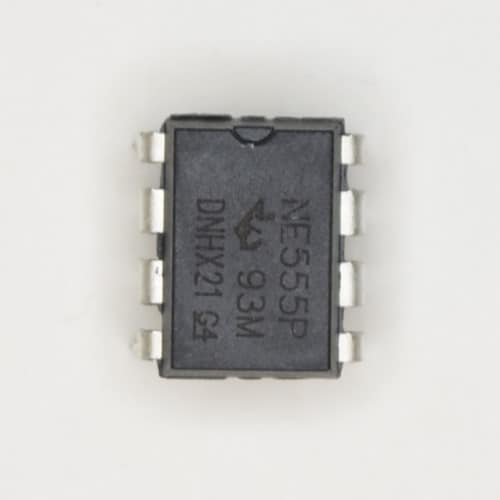
555 Timer IC (NE555)
The 555 Timer is a handy little chip that you can use to blink lights, create sound, add timing operations to your project, and more.

4017 Decade Counter IC (CD4017BE)
The CD4017 Decade Counter IC is a chip that you can use to build several fun circuits. It counts from 1 to 10 and you can build things like the Running LEDs circuit or even an analog synth sequencer.
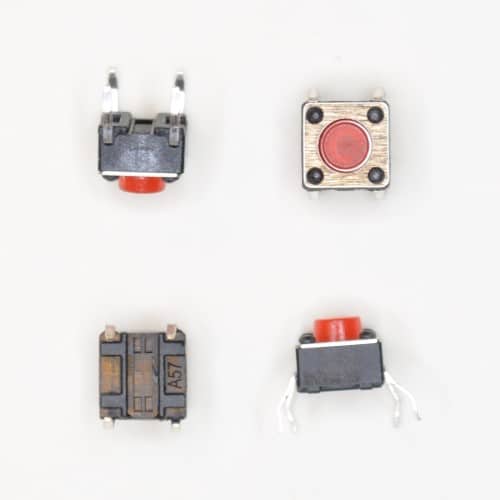
Pushbuttons
Pushbuttons are switches that are normally open, but when you push the button they become closed for as long as you push the button.
Copyright Build Electronic Circuits

No comments:
Post a Comment